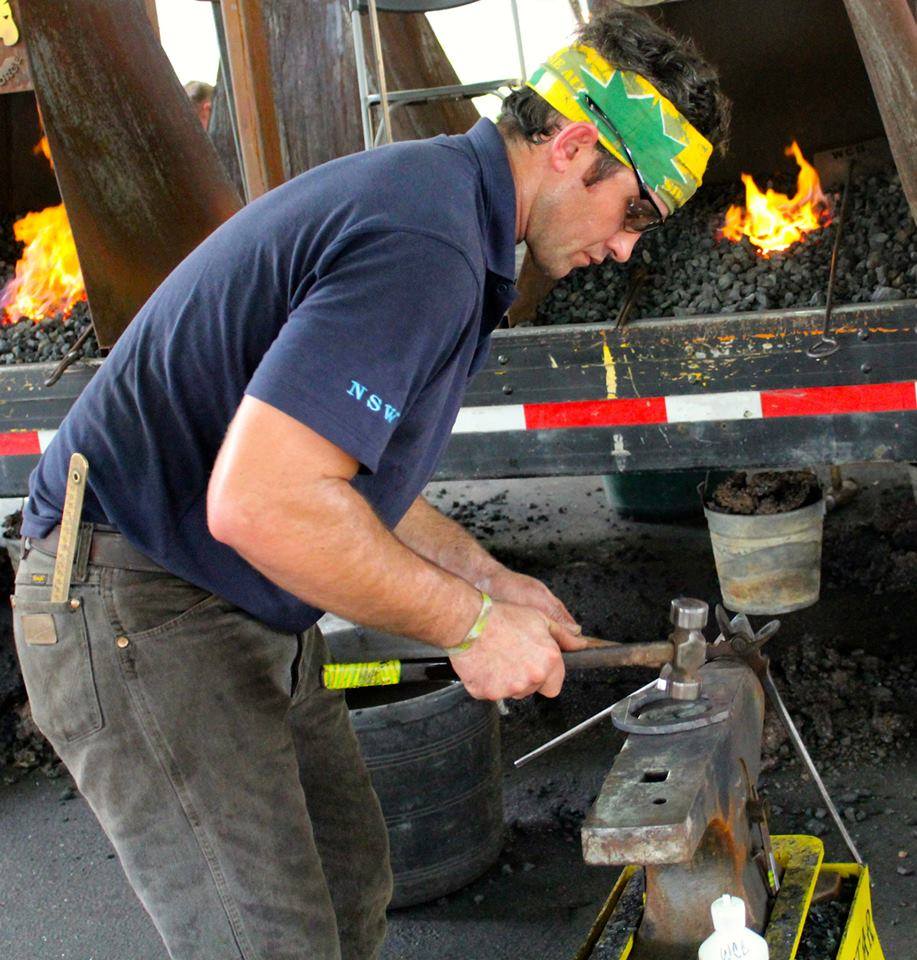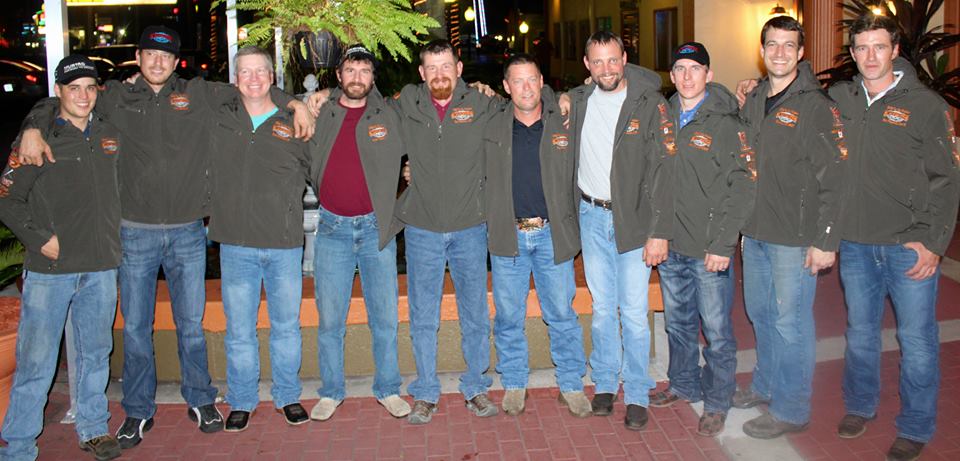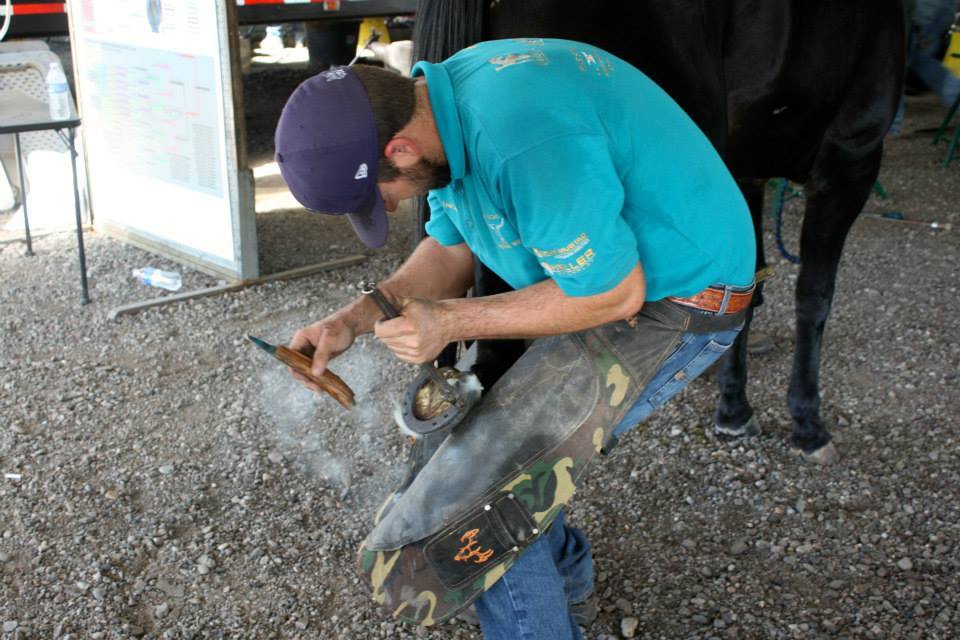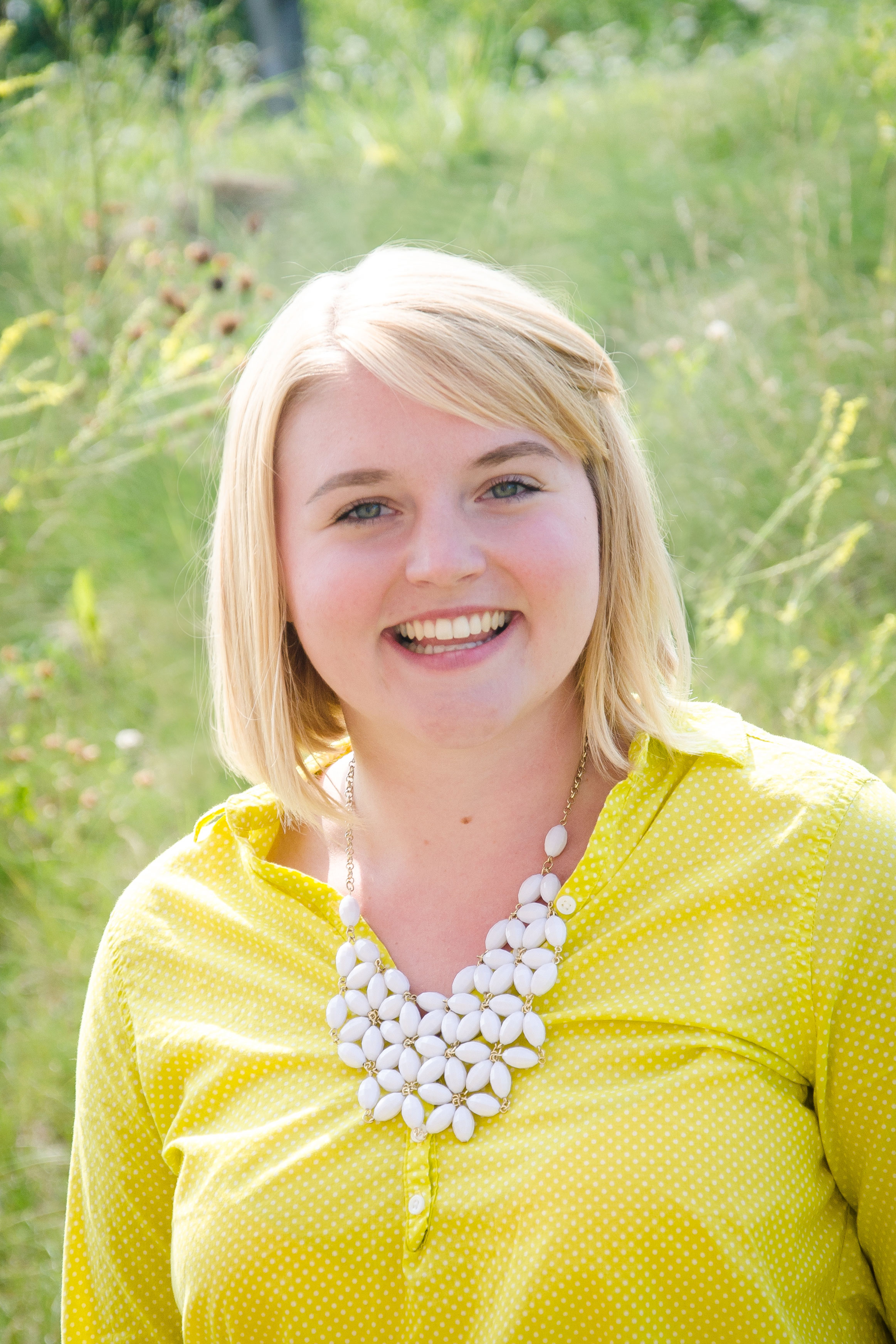From Dec. 3-6, the World Championship Blacksmiths held the final phase of their five-phase, year long forging competition in Kissimmee, Fla., with Allan Ferrie, FWCF of Ayrshire, Scotland, serving as the judge. The competition drew 80 competitors from around the United States and Canada. One competitor came from Australia to compete in the contest.
The five-phase World Championship Blacksmiths competition takes place in a different city for each stage at five different points in the year. This year, the competition was held first in Madison, Wis., then Eureka, Nev., Sheridan, Wyo., Edgewood, N.M. and finally in Kissimmee, Fla. Competitors traveled to the different stages in the various cities and had to compete in at least four of the five phases to win the competition. The competitors' scores for each phase were then totaled to decide the winner, with the top four competitors going on to compete as a team internationally.

Each phase of the competition is a 3-day event featuring a clinic from the judge on the first day, followed by 2 days of rigorous competition with four rounds, which are a two-man class, a single-man class, live horseshoeing and Mustad Match Play. The five phases each have different shoe lists that the competitors are asked to make.
For the final phase, the two-man class competitors had to work together with a partner to create a Clydesdale shoe and a double heel draft shoe. In the single man class, a competitor had to create a European bar and straight bar shoes. In the Liberty live shoeing, two competitors had to work together to make a roadster shoe, fullered heel to heel with a toe clip on front and quarter clips behind.
The Mustad Match Play is a one on one speed forging tournament where each contestant pulls a number out of a hat and is placed in a tournament bracket. The rounds are 12 minutes long. After the 12 minutes are up, the shoes are judged and the winner moves on to the next bracket.
Craig Trnka of the World Champion Blacksmiths, said the judge for the competition, Ferrie, focused on the basics of forging and shoeing.
"Allan stressed not to steer away from the basics. He said something that was pretty profound that hit home with a lot of people. He said that if you make a horseshoe and the holes don't fit to that specific nail, it's like going to an engineer and saying you want 1/2 inch threaded holes in this plate and it comes back to you with 3/8 inch holes. That's not what you asked for. He laid a lot of importance on this is what we asked for and if it's not right, it's completely not right. It's not just a little bit not right," Trnka says.
Learning and knowing the basics are why Trnka says they hold the competition and also why farriers should come out to compete. "You need basic skill sets. I very much believe that you must have an education to be a farrier," he says. "I think any time you can latch on to something where people are driven by skill sets or teaching and exchanging knowledge, it is a good thing."

At the close of the contest in Florida, the overall winners of the competition were announced. Cody Gregory of Lamar, Mo., came in first place; Chris Madrid of Santa Fe, N.M., came in second; Lamar Weaver of Denver, Pa., came in third; and Tom Peterson of Bozeman, Mont., came in fourth place. These four men will now go on to compete as a team internationally.
The WCB team will compete at the World Horseshoeing Classic in Richmond, Ky., from Feb. 18-21, and then will go to England to compete abroad. Trnka says they send the team overseas as a kind of exchange program.
"We're trying to bring the mark up on the wall. When you send the team abroad to different places, they gather information and new techniques and then they bring it back and share it with everyone else," he says.
Cody Gregory says participating in five contests in a row for the World Championship Blacksmiths competition requires sacrifice and dedication.
"It's all about the goals in life, so for me, my biggest priority is the sacrifice I'm making each year to compete, being on the team for the past 2 years and now again this year. That's just a sacrifice I'm willing to make," Gregory says.

Competing keeps him going and excited about farriery. "For me, contests really keep me hungry. When I'm at the forge all by myself, it just kind of becomes monotony to me. But when I go to a contest, it recharges my batteries and it keeps my eye on the goal. It keeps me working for it. It keeps you around other people who are hungry for the trade, too," Gregory says.
"Anytime you put yourself in a situation around other shoers, you're going to pick up a lot of things that can help you and your career and business," he says.
To get ready for the contests, he says he tries not to make too many practice runs at a time. "I try to build as nice a shoe as I can whenever I'm practicing. If I can't build a first place shoe in my shop, I'm not going to be able to build one in a contest, so when I practice, I just try to build as nice a shoe as I can."
The 2015 schedule for the five phases of the contest has been released, with the first phase of the competition being held this spring, April 17-19, in Madison, Wis. with Ben Casserly of East Sussex, England judging. The second phase will be in Salt Lake City, Utah, from June 19-21 and will be judged by Robbie Mederos of Danville, Calif. The third phase will be from Sep. 5-7 in Sheridan, Wy., and will be judged by Jim Poor of Midland, Texas. The fourth phase will be held in Doswell, Va., from Oct. 2-4. The fifth phase will again be held in Kissimmee, Fla., the first week of December and will be judged by Bob Pethick of Bedminster, N.J.








Post a comment
Report Abusive Comment